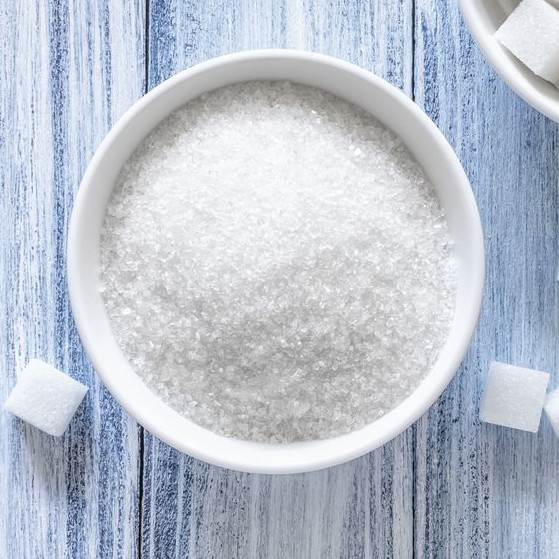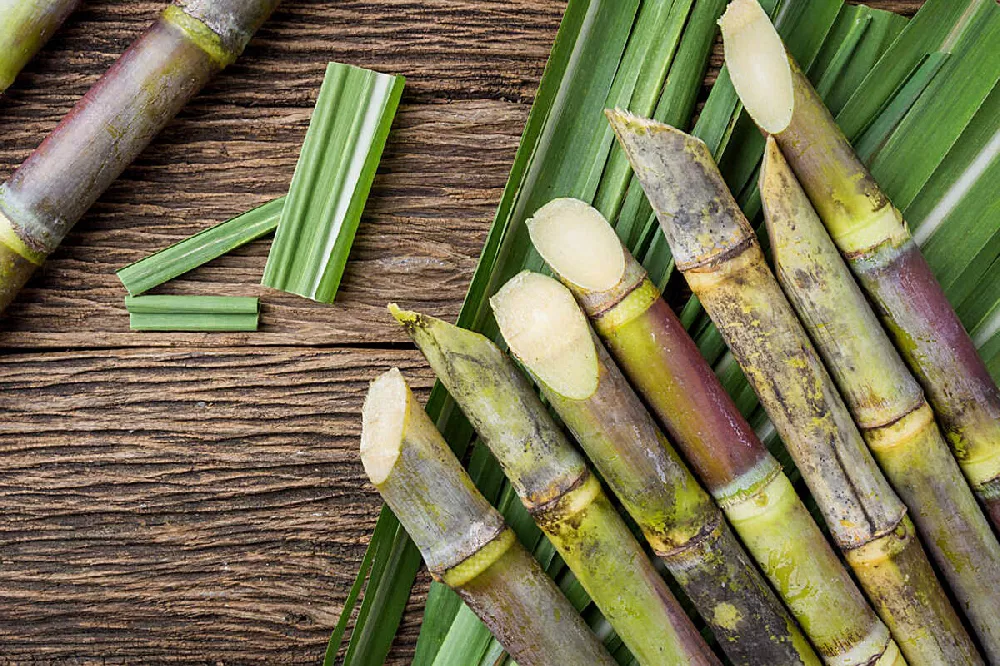Discovering the Comprehensive Steps Involved in Cane Sugar Processing From Collecting to Improvement
The process of walking stick sugar production encompasses a collection of elaborate steps, beginning with the cautious harvesting of sugarcane and finishing in the refinement phases that make sure the last product fulfills industry requirements. Each phase, from the removal of juice to the purification and formation procedures, plays an important role in figuring out the top quality and character of the sugar. Comprehending these stages not just highlights the complexity of sugar production but also elevates vital concerns about efficiency, sustainability, and advancement in the market. What ramifications do these elements have for future techniques?
Collecting Sugarcane
Gathering sugarcane is an important step in the walking stick sugar processing chain, as it directly affects the quality and return of the final item. Correct timing and techniques are necessary throughout this phase to make sure ideal sugar web content and reduce losses. Usually, sugarcane is collected when it gets to maturity, normally 12 to 18 months after growing, defined by a high sucrose concentration.

Post-harvest, the sugarcane needs to be refined swiftly to stop sucrose destruction. Ideally, harvested cane must be transferred to refining facilities within 24 hours to maintain sugar quality. Consequently, effective logistical planning is important to preserve the stability of the harvested plant throughout the supply chain.
Removal Refine

The smashed walking cane undergoes a collection of pushing operations to optimize juice recuperation. Typically, hot water is splashed onto the smashed walking stick, producing a countercurrent flow that aids dissolve the sugar while additionally assisting in the removal process. The juice collected from this operation has not only sugar yet likewise various natural substances and contaminations.

To enhance removal efficiency, some facilities may use diffusion techniques, where the sugarcane is soaked in warm water, permitting the soluble sugars to diffuse into the fluid. The resulting juice, rich in sucrose, is after that directed to succeeding handling stages, laying the structure for purification and refinement. The removal procedure is hence crucial in figuring out the quality and yield of the last sugar product.
Filtration Strategies
The filtration methods employed in walking stick sugar processing are crucial for changing the raw juice into a high-grade sugar item. These methods mostly intend to remove contaminations, such as dirt, plant products, and not natural materials, which can negatively affect the last item's flavor and shade.
This procedure entails including lime and heat to the raw juice, which facilitates the coagulation of contaminations. Furthermore, the use of phosphoric acid can improve the clarification procedure by additional binding impurities.
One more significant strategy is carbonatation, where carbon dioxide is presented to the cleared up juice. This reaction generates calcium carbonate, which catches remaining contaminations and promotes their elimination.
Additionally, turned on carbon treatment might be applied to adsorb any kind of staying colorants and organic pollutants, making sure a much more refined informative post product. The mix of these methods effectively prepares the sugar juice for succeeding action in the refining process, establishing the stage for the manufacturing of premium cane sugar.
Formation Techniques
After the filtration stage, the next essential action in cane sugar handling includes condensation techniques, which play a critical role in changing the made clear juice right into strong sugar. This process normally utilizes two key methods: spontaneous condensation and regulated formation.
In spontaneous crystallization, supersaturated sugar services are permitted to cool naturally, causing the development of sugar crystals with time. This method is simpler yet may result in uneven crystal sizes and reduced pureness degrees. On the various other hand, regulated crystallization is a more accurate method where seeding, concentration, and temperature agents are carefully handled. This technique enables the consistent development of sugar crystals and greater pureness.
During formation, the made clear juice is focused with evaporation, enhancing its sugar material up until it reaches supersaturation. When this point is accomplished, either method can facilitate the crystallization procedure. Cane Sugar Processing. The resultant sugar crystals are after that separated from the remaining syrup via centrifugation
Inevitably, the option of crystallization method affects the quality, size, and pureness of the final sugar item, making this action crucial in the general walking stick sugar processing treatment.
Refinement and Product Packaging
Just how can the purity and top quality of walking stick sugar be further boosted after condensation? The improvement process plays a crucial function in attaining top quality walking cane sugar.
Next, the sugar undergoes a process called centrifugation, where it is rotated at broadband to divide the cleansed sugar crystals from the remaining Get the facts fluid. After centrifugation, the sugar is typically more fine-tuned through a technique called carbonization or phosphatation, which utilizes turned on carbon or phosphoric acid to eliminate shade and off-flavors.
Once fine-tuned, the sugar is dried to achieve the wanted wetness content, ensuring that it remains secure during storage space and transportation. The last step includes product packaging the refined sugar in moisture-proof and airtight containers to preserve its top quality and avoid contamination. Cane Sugar Processing. Proper product packaging not only expands life span yet likewise facilitates simple handling and circulation, making certain that customers obtain sugar that fulfills the highest standards of purity and high quality
Final Thought
The thorough actions associated look at this site with walking cane sugar handling, from the thorough harvesting of sugarcane to the detailed improvement and product packaging stages, highlight the value of each stage in making sure high-quality sugar production. Optimal harvesting techniques, efficient extraction approaches, and strenuous filtration procedures collectively add to the end product's purity and security. The formation and succeeding product packaging methods additionally boost the stability and service life of the sugar, highlighting the complexity and precision intrinsic in this crucial agricultural industry.
The process of cane sugar manufacturing includes a series of elaborate actions, beginning with the cautious harvesting of sugarcane and culminating in the improvement phases that make certain the final product meets sector requirements. Ideally, harvested walking cane must be delivered to refining facilities within 24 hours to protect sugar quality.In spontaneous crystallization, supersaturated sugar remedies are permitted to cool normally, leading to the formation of sugar crystals over time - Cane Sugar Processing. The refinement procedure plays a critical role in attaining top notch walking stick sugar.The comprehensive actions included in walking cane sugar handling, from the meticulous harvesting of sugarcane to the complex refinement and product packaging stages, highlight the importance of each stage in making sure top quality sugar production
Comments on “Understanding Cane Sugar Processing: A Comprehensive Summary of the Stages”